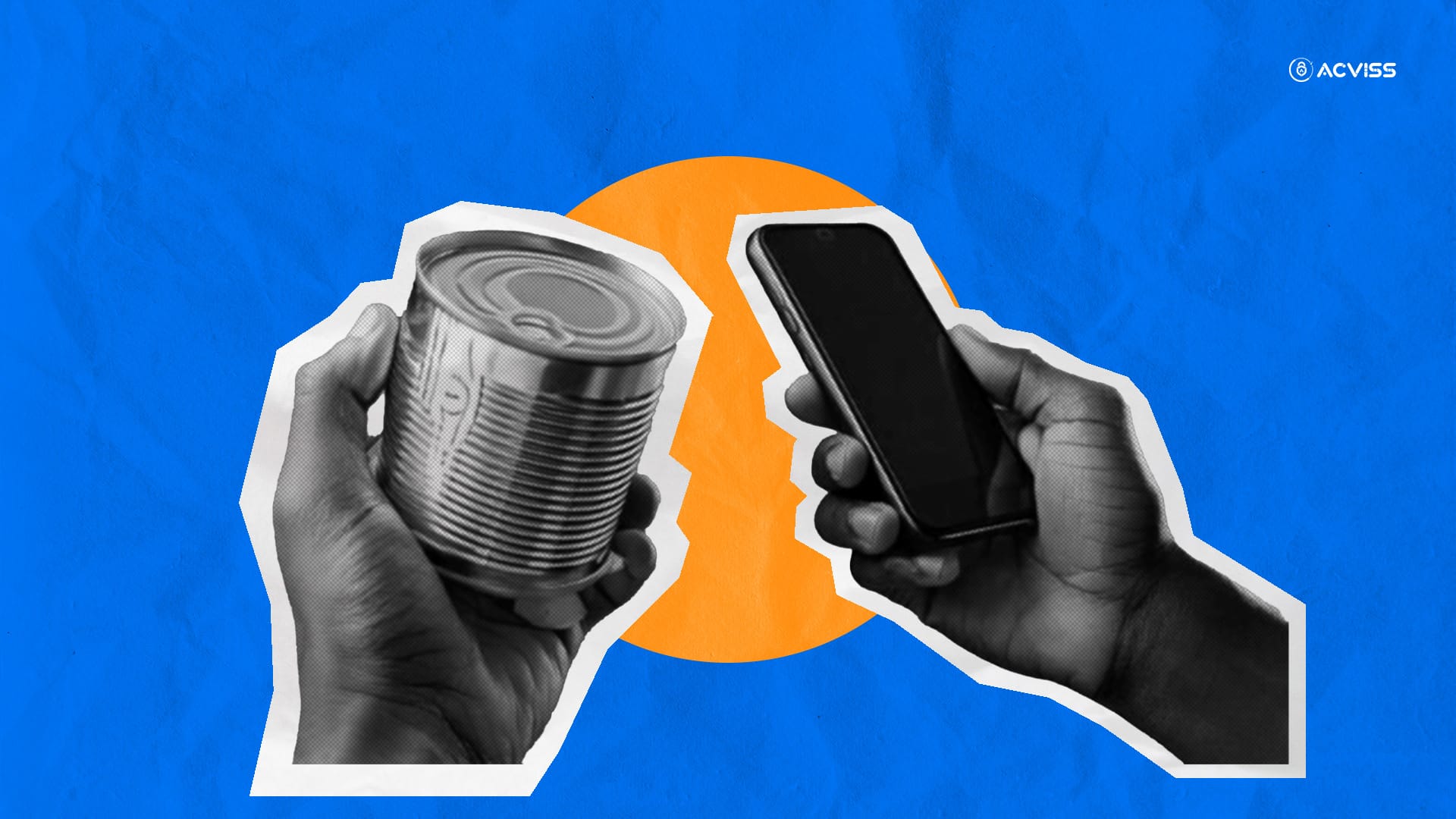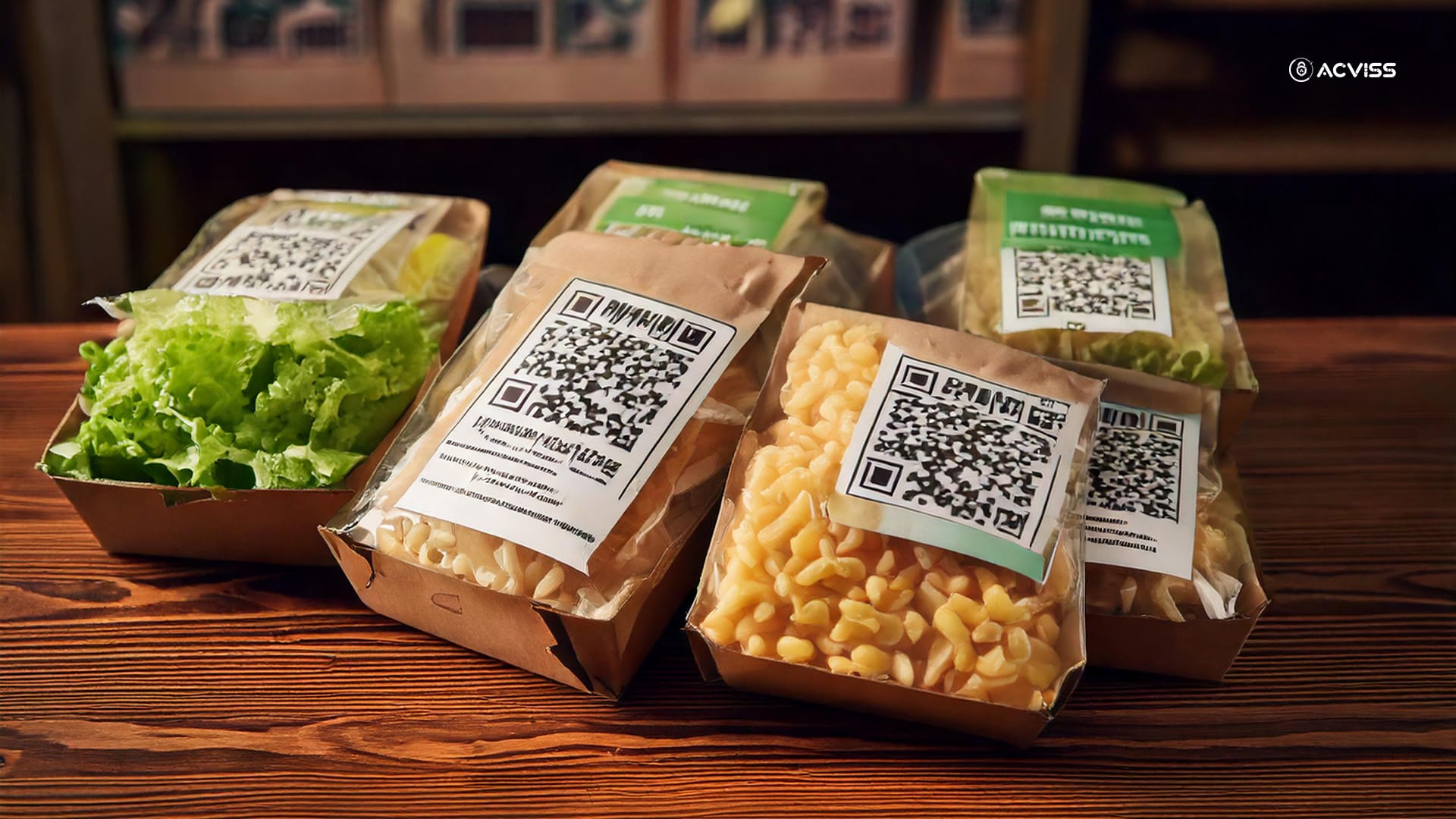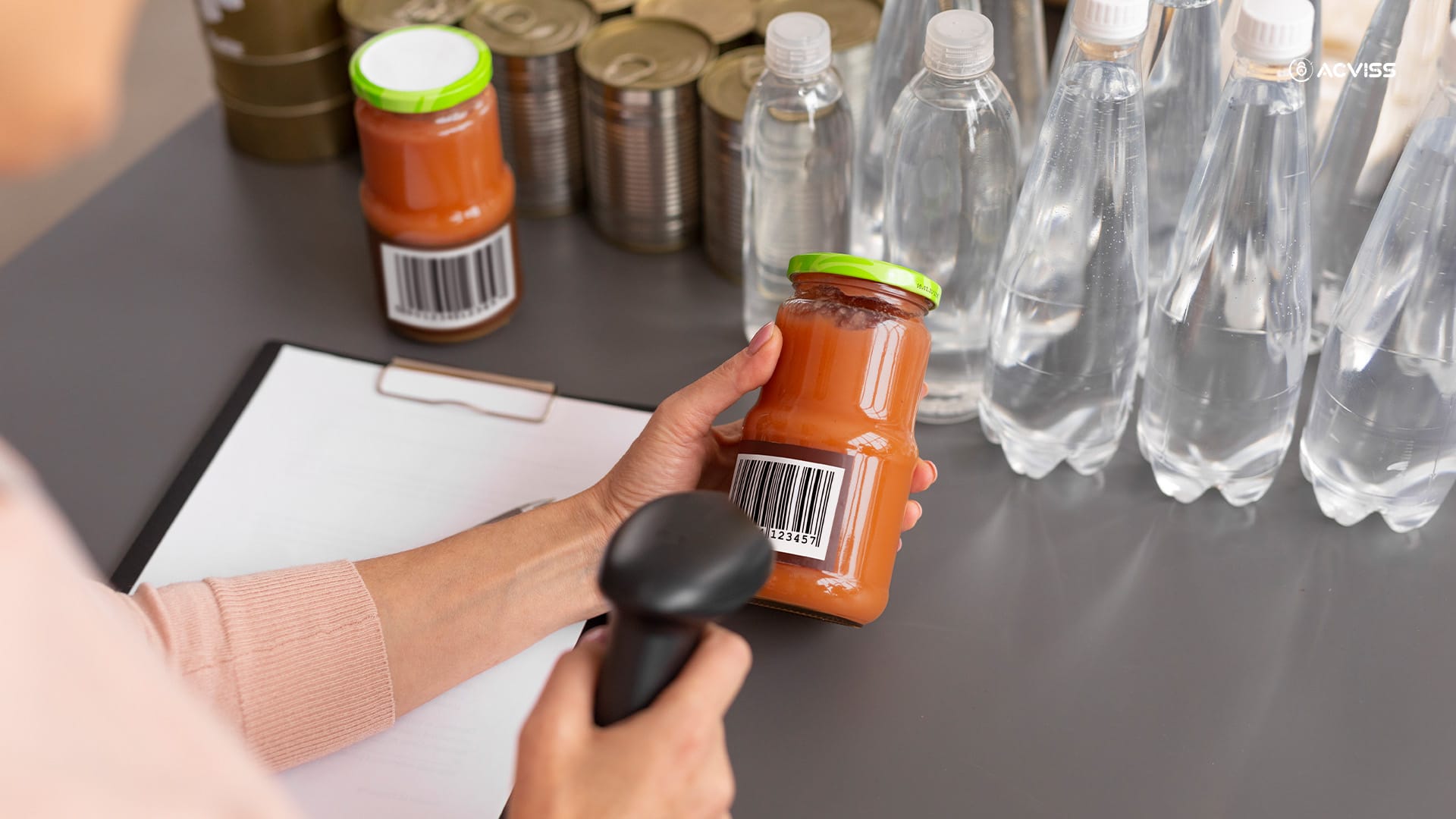The Role of Technology in Fighting Food Counterfeiting

With the food chain becoming more globalized, the food industry faces a serious challenge, i.e., product counterfeiting. You might have heard news outlets covering cases of food counterfeiting almost every month. These types of food fraud scandals take a heavy toll on consumers' health and the brand's reputation while lowering trust in the food supply chain.
Safeguarding consumers from duplicate, hazardous food products and preserving the integrity of the supply chain requires brands to rely on digital food traceability.
How can you enhance food supply chain traceability digitally? Your ultimate solution is to rely on innovative technologies designed to combat food counterfeiting and safeguard food authenticity. From blockchain to AI-driven detection, deploying advanced technology in food authentication can level up your fight against fraudulent food products.
Read on to discover the role of technology in combating food counterfeiting effectively.
The Growing Problem of Food Counterfeiting
Before discussing the various technologies being used to fight food counterfeiting, let’s first understand the growing problem of fake, adulterated food products.
Food fraud, especially counterfeiting, has become a far-reaching issue beyond national borders, affecting almost all countries. It can occur anywhere along the food supply chain, from production to consumption.
Counterfeit food products can be falsely labelled, diluted, or made from substandard ingredients, and consumers are often unaware of the deception. From adulterating high-end products like wine, cheese, and olive oil and mixing active ingredients in the products purporting health benefits to falsely labelling organic or inorganic foods, incidents related to food safety are on the rise.
Not only do adulterated or diluted foods pose health risks such as food-borne illnesses, allergic reactions, and even death, but also they can create economic losses for legitimate businesses. The Food and Drug Administration estimates that food fraud costs the global food industry up to $40 billion annually.
Innovative Technologies to Combat Food Counterfeiting
Various government and regulatory bodies have developed food testing systems and guidelines to detect and prevent food counterfeiting. However, these guidelines and systems are deployed before food products enter the human food chain.
Fortunately, food safety innovation offers new ways to ensure food authenticity throughout the supply chain, from production to consumption. In this section, we will discuss some food authenticity technologies that brands can use to combat food counterfeiting and gain consumers' trust:
1. Smart Packaging

Smart packaging is one of the most innovative tools in the fight against food duplicates or adulteration.
What is smart packaging? It’s the packaging system that can sense, communicate, and monitor the conditions of packaged food items to give customers insights into food quality, safety, and product transportation and storage history.
Smart packaging for counterfeit prevention integrates technology like sensors directly into packaging materials to track and monitor food throughout its journey from production to sale. Various forms of smart packaging can be used, such as time-temperature indicators, sensors, and even digital labels that convey real-time product-related information to consumers and retailers.
Benefits:
- Real-time monitoring: Intelligent packaging ensures food stays within safe conditions during transportation and storage, reducing the likelihood of tampering or spoilage.
- Enhances Transparency: Packaging equipped with digital codes or sensors can offer consumers a detailed product history, enhancing transparency.
Limitations:
- Cost: Implementing smart packaging can be expensive, especially among smaller food producers.
- Technology integration: Some companies might struggle to fully integrate these solutions into their food supply chains without significant infrastructure upgrades.
2. Barcodes and QR Codes

Barcodes and QR codes have been around for years, helping brands fight against counterfeiting. These codes store essential information about the products, which can be easily scanned by retailers, consumers, or customs authorities to verify their authenticity.
When it comes to barcodes and QR codes to fight food fraud, they use a series of parallel lines or geometric patterns to represent encoded product data, which can be read using a barcode scanner, facilitating quick and accurate tracking of products throughout the supply chain.
Benefits:
- Ease of use: Barcodes and QR codes are easy to embed into food products and scan, making them an accessible option for verifying product authenticity.
- Cost-effective: Barcodes and QR codes are relatively inexpensive compared to other high-tech solutions.
Limitations:
- Vulnerability to tampering: Barcodes and QR codes can still be copied or faked if not integrated with more advanced technology like blockchain.
- Limited information: While barcodes and QR codes provide basic product details, they might not offer the full traceability and transparency needed for premium or high-risk products.
3. Blockchain

Blockchain technology, best known for its role in cryptocurrency, has entered the food industry as a powerful tool for supply chain traceability and transparency.
Many food companies are deploying blockchain for food safety because of its decentralized, immutable, and transparent digital ledger system. By creating a decentralized digital ledger, blockchain records every product-related transaction and movement in the food supply chain, making altering or tampering with data nearly impossible.
Benefits:
- Immutable records: Every step of the product’s journey is logged, making it easier to trace food fraud back to its source.
- Consumer trust: Consumers can scan a product and see its entire history, verifying authenticity and origin.
Limitations:
- Adoption barriers: Blockchain technology can be difficult and costly to implement on a large scale, especially for smaller suppliers.
- Data accuracy: While blockchain prevents data tampering, it can’t prevent inaccurate data from being entered at the source.
4. AI-Driven Detection

Artificial intelligence (AI) is a multidisciplinary field of computer science being used to detect counterfeit foods through advanced image recognition, chemical analysis, and pattern detection.
At its core, AI detects counterfeit food by enabling machines to process product-related data and recognize patterns throughout the supply chain to ensure product authenticity and integrity. Food supply chain traceability systems that leverage AI can be trained to spot even the smallest inconsistencies in packaging, labelling, or product composition that human inspectors might miss.
Benefits:
- Precision: AI can analyze thousands of data points to detect irregularities with your food items with precision humans can’t achieve.
- Scalability: Once implemented, AI systems can quickly analyze vast amounts of product-related data, making them ideal for large-scale food production and supply chains.
Limitations:
- Training data: AI needs large datasets to learn and improve its detection abilities. And you might find collecting this data time-consuming and costly.
- Implementation complexity: Setting up AI-driven food supply chain traceability systems requires significant investment and technical expertise.
Implementation of Anti-Counterfeiting Tech in the Food Industry
Walmart: Blockchain for Food Traceability
Walmart has been at the forefront of integrating blockchain into its supply chain to ensure food safety and combat counterfeiting. In collaboration with IBM, Walmart implemented a blockchain system- Hyperledger Fabric, to track the journey of products like pork and leafy greens from farm to shelf.
With the Hyperledger Fabric blockchain-based food traceability, Walmart successfully reduced the time it took to trace a package of sliced mangoes from 7 days to 2.2 seconds. In addition, for pork in China, the firm was able to upload authentication certificates to the blockchain. This enhanced supply chain traceability helps Walmart prevent food fraud and ensure quick identification and removal of contaminated products.
Olive Oil Blockchain Verification in Italy
Olive oil is a staple in Italian cuisine. Unfortunately, the olive oil industry in Italy faces widespread counterfeiting, with lower-quality oils being sold as authentic extra-virgin olive oil.
To tackle this problem, several Italian olive oil producers have started adopting blockchain technology in food authentication. Moreover, QR codes are embedded on the olive oil packaging, enabling consumers to trace the oil’s journey from the olive grove to the packaging, ensuring they are purchasing genuine Italian olive oil.
Combat Food Counterfeiting with Acviss
The fight against food counterfeiting has become a little easier with the advent of advanced technological solutions, from blockchain and AI to smart packaging and QR codes. Looking for an ally in the battle against food counterfeiting? Get in touch with Acviss – the leading anti-counterfeiting and brand protection solutions. From Truviss and Origin to Certify, our supply chain traceability and food authenticity technologies can ensure the supply of genuine, healthy food products.
